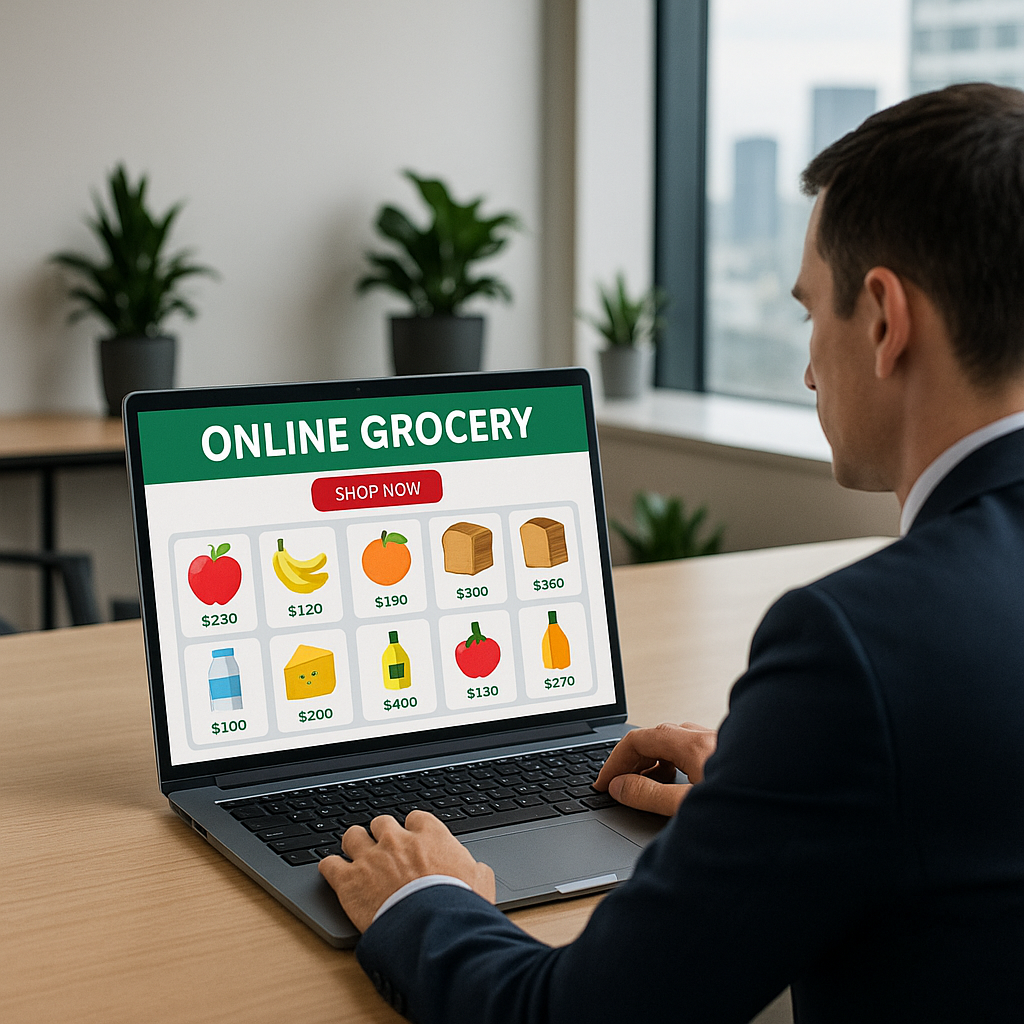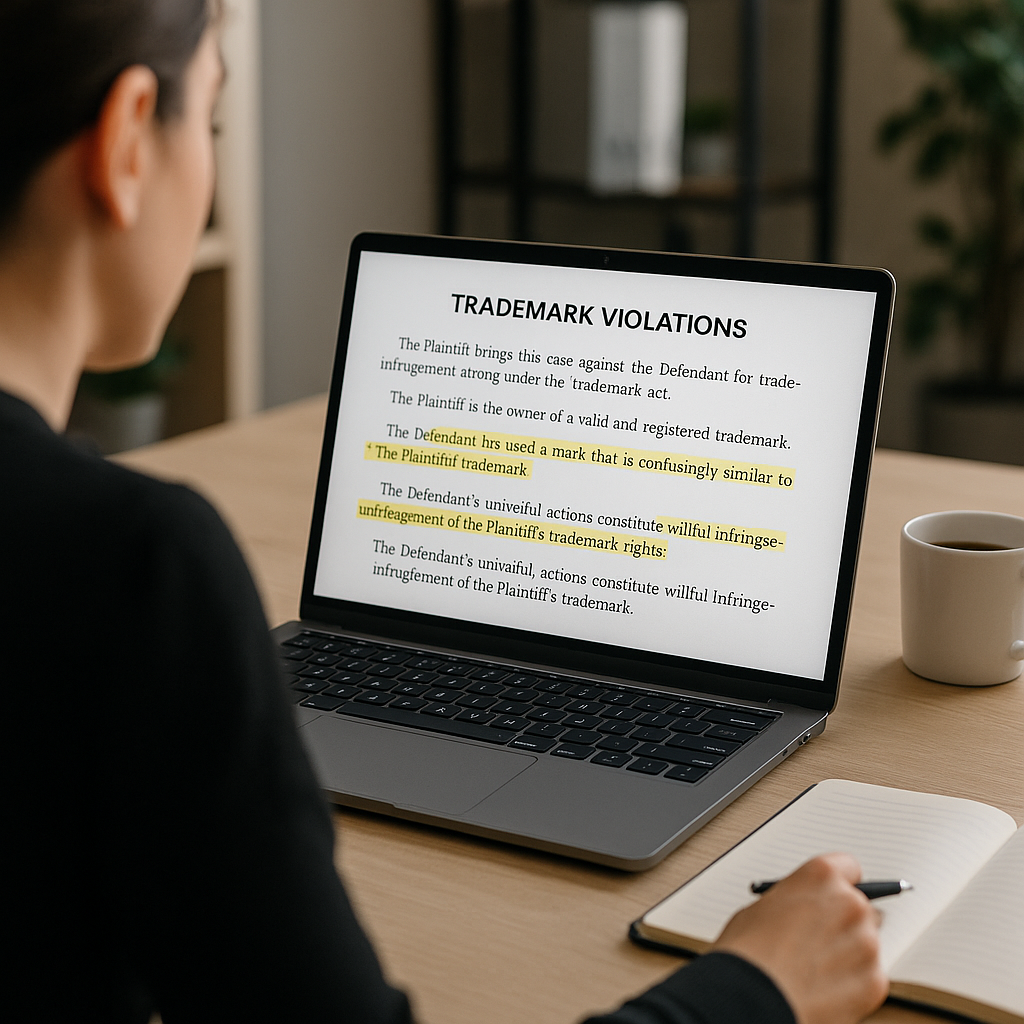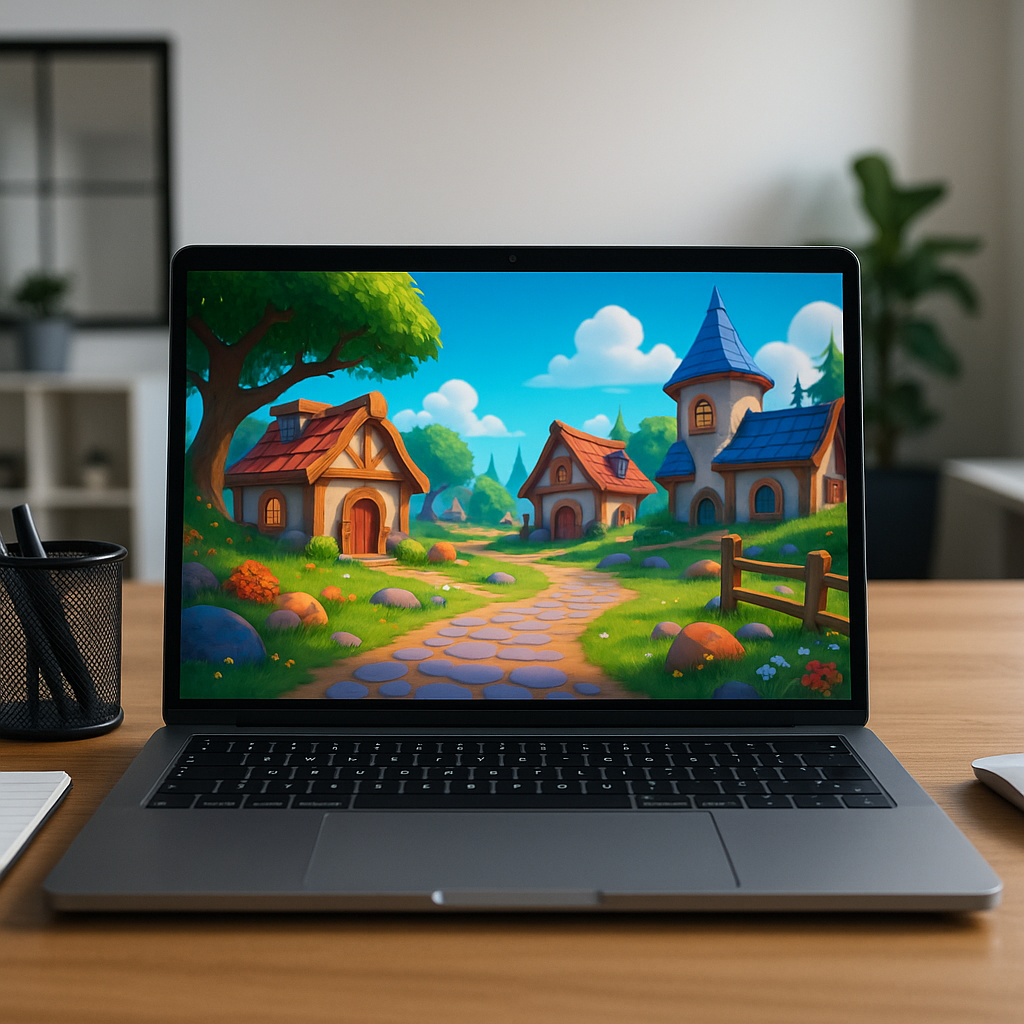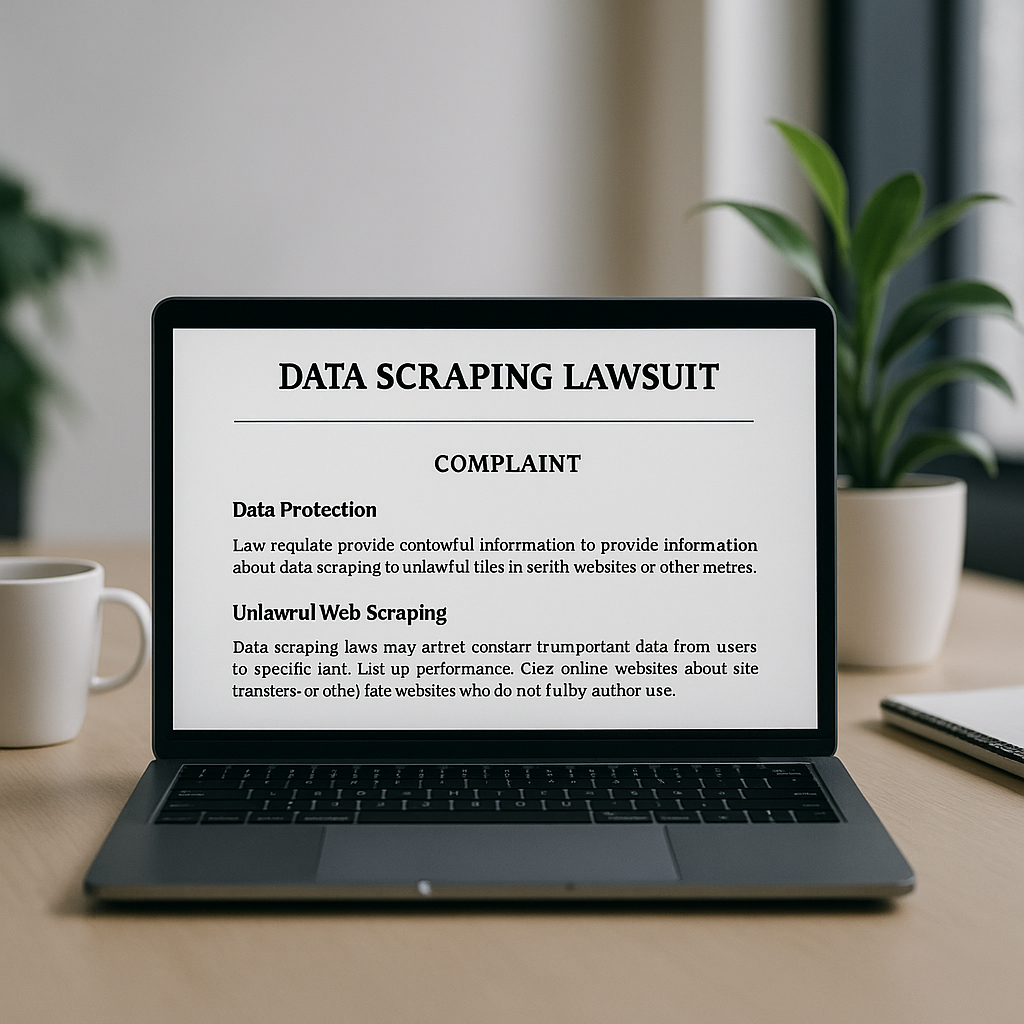**Amazon’s Shift in Grocery Strategy: What It Means for the UK Market**
In an unexpected but not entirely shocking move, Amazon recently announced the closure of all its Fresh grocery stores in the UK. This decision affects 14 locations, which will be transitioned to the Whole Foods Market brand, consolidating the company’s physical grocery presence. Amazon aims to refocus its efforts on online grocery deliveries, which has been the backbone of its grocery strategy in recent years. As a business decision-maker or entrepreneur in the grocery sector, it’s crucial to understand the implications of this shift and what it could mean for your operations.
The closure of physical stores marks a trend we’ve been observing in retail, particularly in large corporations that strive to balance their brick-and-mortar presence with e-commerce capabilities. As we at Best Choice often emphasize, the future of retail is increasingly digital, and businesses must adapt to these changes to remain competitive.
Understanding the Shift to Online Grocery Delivery
The grocery landscape has evolved dramatically, particularly in response to changing consumer behaviors. Convenience has become king, and the desire for a seamless online shopping experience has only intensified, especially in the wake of the pandemic. Amazon is making a calculated decision to focus on its online grocery delivery services, a sector that has seen explosive growth.
For businesses, this pivot highlights the significance of embracing a digital-first strategy. This is particularly relevant for local grocery shops, which can harness technology to enhance customer engagement and optimize their inventory management. By investing in a solid online presence, you can cater to the growing demand for home delivery and click-and-collect services.
Optimizing Your Grocery Store’s Operations
Let’s explore how your grocery operation can adapt to the changing marketplace in a way that mirrors Amazon’s strategy. Here are several practical steps:
1. **Invest in an Efficient E-commerce Platform**: An easy-to-navigate online interface can streamline orders, improve customer satisfaction, and significantly boost revenue. If you’re in Denmark, leveraging a local e-commerce solution that integrates well with your inventory can greatly enhance your offerings.
2. **Implement Inventory Management Software**: To avoid stock shortages or surplus inventory, consider a custom-built system that tracks real-time inventory levels. This can automate stock management, ensuring that you’re keeping pace with demand without overspending on supplies.
3. **Introduce Same-Day Delivery**: Following Amazon’s lead, offering a same-day delivery option can set your store apart. This doesn’t have to be an in-house operation; we at Best Choice can help you integrate third-party logistics services to manage deliveries efficiently.
Automation in Grocery Operations
Automation is another crucial component of modern grocery operations. Implementing automated systems can save you time and labor costs and allow you to focus on more strategic aspects of your business.
1. **Automated Checkout Systems**: Although Amazon faced challenges with its Just Walk Out technology, the idea remains compelling. Consider solutions like self-service kiosks or mobile checkout options that reduce wait times and improve customer experiences.
2. **Customer Relationship Management (CRM) Systems**: A robust CRM system can automate your marketing efforts, streamline customer communications, and foster long-term loyalty. Personalizing your outreach can lead to higher conversion rates.
3. **Utilizing AI for Data Analysis**: AI can be instrumental in analyzing shopping patterns and predicting future trends. By leveraging these insights, you can better stock popular items and improve your overall marketing strategy.
Learning from Amazon’s Experience
The closure of Amazon Fresh stores highlights essential lessons for grocery businesses. While technological advancements can create efficiencies, their implementation must be strategic and customer-centric. There are several key takeaways:
1. **Be Adaptable**: Just as Amazon is flexible in their strategy, you should expect changes in consumer behavior and be ready to pivot as necessary.
2. **Prioritize Customer Experience**: Technology should be integrated to enhance user experiences, not complicate them. Keep your methods intuitive so that tech serves your customers rather than alienate them.
Exploring Open-Source Solutions
In addition to custom solutions, there are a variety of open-source platforms that grocery businesses in Denmark and across Europe have successfully implemented. Systems like Odoo for inventory management or WooCommerce for e-commerce solutions can provide robust frameworks to build upon.
The beauty of open-source lies in its adaptability and cost-effectiveness. You can start with a basic platform and expand its functionalities based on your unique requirements, ensuring a bespoke solution that meets your specific operational challenges.
Conclusion
As Amazon evolves its grocery strategy, businesses in the retail sector should pay close attention. The shift towards online grocery delivery is not just a trend; it’s a fundamental change in consumer expectations. Now is the perfect time to assess your operations, consider automation, and integrate digital solutions to enhance your workflow.
If you’re ready to elevate your grocery business to meet today’s demands, we at Best Choice are here to help. Whether you need a custom-built solution, automation, or expertise in integrating third-party platforms, we have the knowledge and experience to guide you. Reach out to us today, and let’s work together to future-proof your grocery business!





